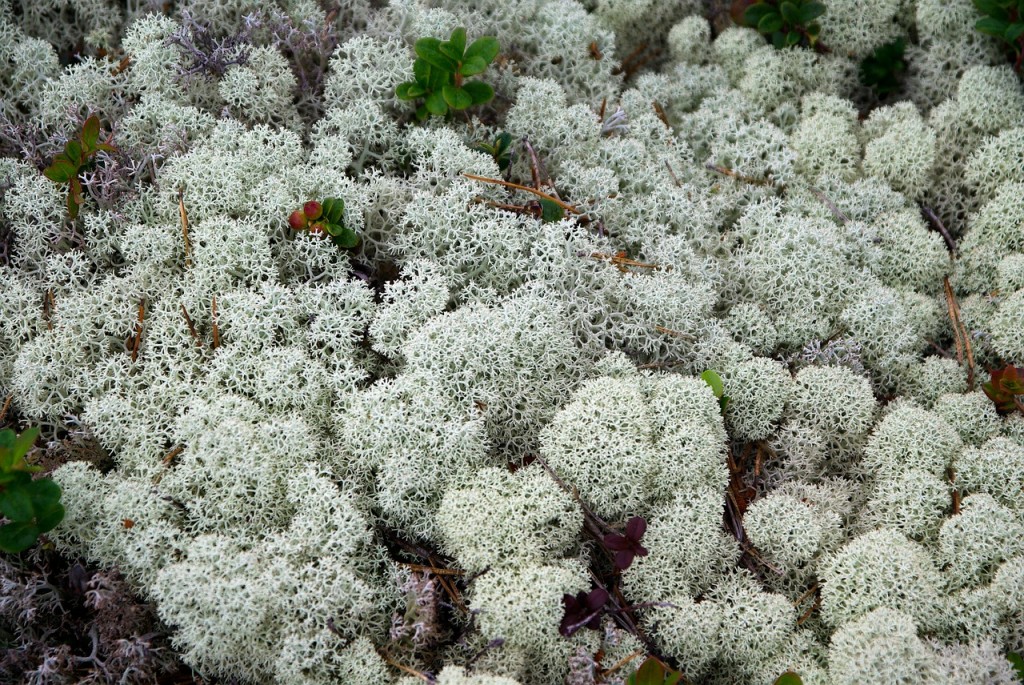
There are many issues that plague gardeners at this time of year – and this is just as much the case for greenhouse growers.
While the controlled green space can offer a whole host of benefits that conventional gardeners may not be able to enjoy, they are still able to be impacted by adverse climate conditions, meaning they require care and attention.
For instance, lichen can be a problem that affects all manner of green-fingered enthusiasts and gardening professionals.
Lichen is a complex and very interesting substance that is a composite of organisms – usually consisting of a fungus and a photosynthetic partner that form a symbiotic relationship.
Not only are they unsightly, but they can also reduce the access to light enjoyed by the plants within a greenhouse.
British gardening charity the Royal Horticultural Society (RHS) explained that – along with algae – it can also be a problem on greenhouse flooring and staging.
Lichen is particularly commonplace on paving and timber structures – and its color can vary from silver-grey, to grey-green, yellow or orange. In terms of its texture, it is typically crust-like, leafy or scurfy.

The RHS advises chemical control for lichen, explaining that most proprietary patio cleaners are able to provide a solution.
However, it was warned that products incorporating a hydrochloric acid or bleach have some effect on plantlife too, so are therefore not recommended.
Professional gardener and writer Helen Yemm said that lichen, which is a close relation of moss and algae, is typically spread by airborne spores.
In an article for UK national newspaper the Daily Telegraph, she said that it is most likely to grow on stone, roof slates and tiles, wooden garden structures and slow-growing living woody plants. Frustratingly, the cleaner the air, the more likely this is to be a problem for the gardener.
However, she said that when it comes to establishing a presence on larger plants like trees, it is generally nothing to worry about.
“The lichen on your mature trees and shrubs is not weakening them or even inhibiting new growth, but its presence is an indication that they are growing very slowly,” the expert commented.
“This may be simply down to their age, but if you are really concerned to kick-start some new growth that will outstrip the lichen, then clear away any invasive undergrowth around the base of each plant, give each a fistful or two of a balanced general fertiliser (blood, fish and bone) in spring, mulch them and prune annually at the appropriate time,” she continued.



